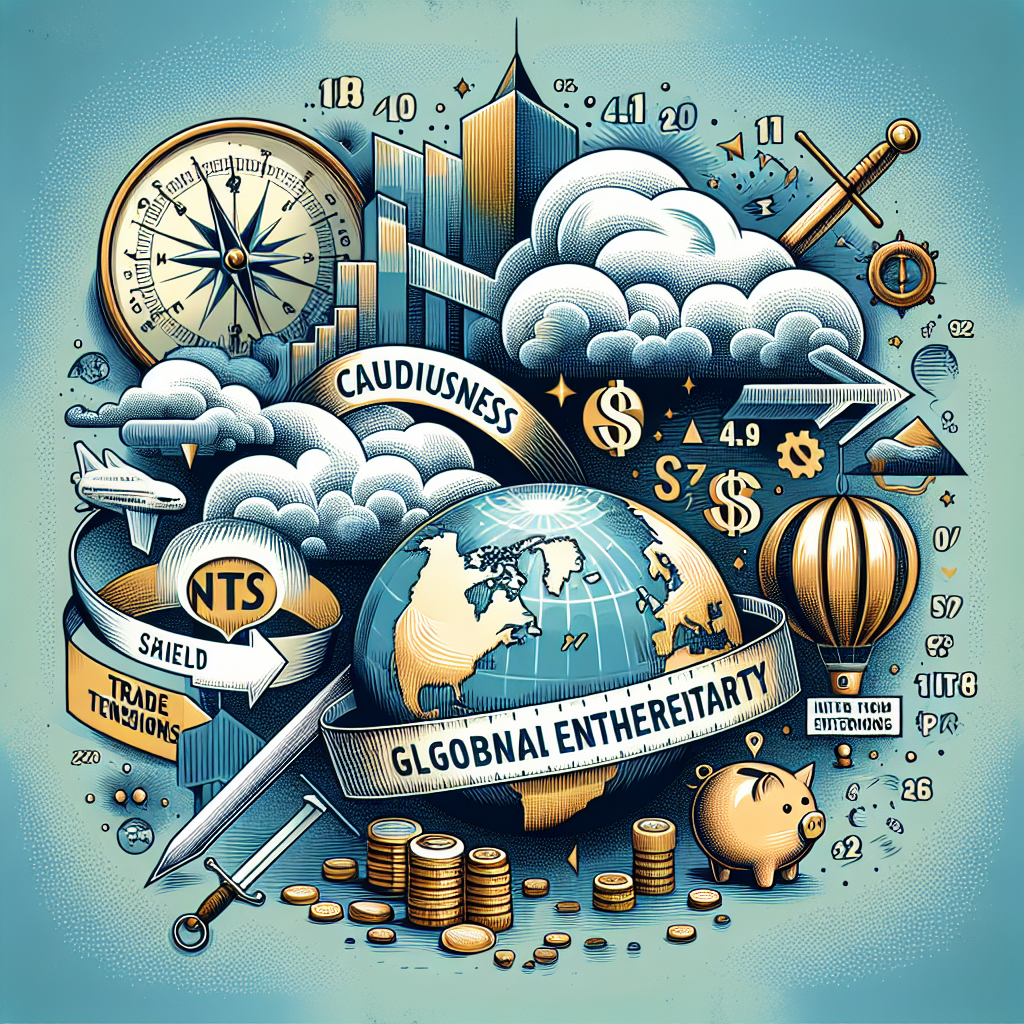
Fed Keeps Interest Rates Steady Amid Uncertainty: Signals Patience Ahead
In a keenly watched move, Jerome Powell, the Chairman of the US Federal Reserve (Fed), announced the central bank’s decision to maintain the current interest rate levels at 4.25%–4.50%, during the latest policy meeting this May. This decision mirrors the Fed’s cautious approach amidst global economic uncertainties, primarily influenced by ongoing trade tensions and fluctuating inflation rates.
Highlights from the Fed’s Review
The Fed’s choice to hold interest rates steady comes against a backdrop of a complex economic landscape. Key points emphasized by Chairman Powell during the press conference include:
- The economy exists in a robust state but is clouded by significant uncertainties, particularly concerning international trade and tariff impacts.
- Inflation has reduced considerably but continues to verge slightly above the 2% target.
- Uncertainties around tariffs and their potential increase pose risks to employment and could boost inflation expectations.
- The labor market retains its balance, staying aligned with the objectives of maximum employment.
- Current policy positioning allows the Fed the flexibility to react promptly to shifts in economic indicators.
Economic Impact and Market Reactions
The Fed’s cautious stance reflects broader global economic trends, where central banks in other major economies, like the European Central Bank and the Bank of Japan, have also underscored the need for vigilance due to similar concerns. Immediate market reaction was muted, with slight fluctuations in the US Dollar Index and a modest uptick in equity markets, indicating investors had anticipated the decision to some degree.
Significantly, the ongoing negotiations around trade agreements and potential tariff adjustments have injected a level of unpredictability that has major industries on edge. Analysts note that sustained tariffs could disrupt manufacturing sectors and broader supply chains, potentially leading to decreased consumer spending and slower investment growth.
Looking Ahead: The Fed’s Policy Path
As Chairman Powell highlighted, the Fed is in a position to “wait and see,” adopting a measured approach to future economic developments. This strategic patience is deemed necessary to gauge the longer-term impact of current geopolitical and economic disturbances on the US economy’s stable yet cautious expansion.
Further, the potential for rate adjustments later in the year remains on the table, contingent upon incoming economic data. Powell’s remarks suggest that the Fed remains split on the trajectory for future rate hikes, with a decision likely hinging on factors including inflation dynamics, employment trends, and the resolution of trade disputes.
This balancing act between fostering economic growth and curbing inflation reflects a broader global central banking challenge, where policymakers strive to navigate through periods of significant uncertainty without derailing the ongoing recovery.
Conclusion
The Federal Reserve’s current wait-and-watch strategy underscores a critical period for the US and global economies as they confront a mix of recovering demand post-pandemic and emerging new economic pressures. How well the Fed manages this delicate equilibrium will be crucial in shaping the economic landscape in coming months.